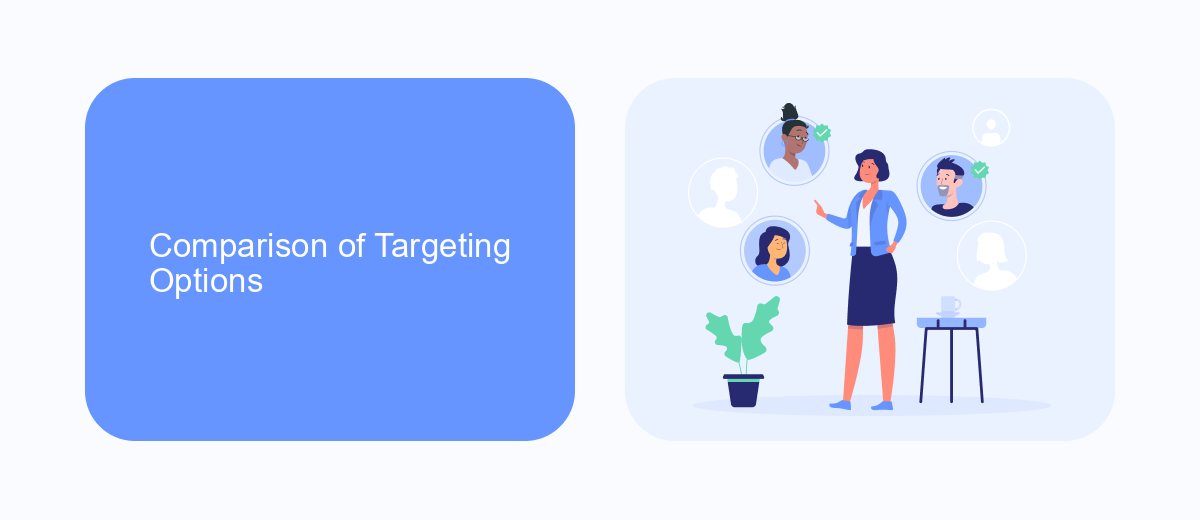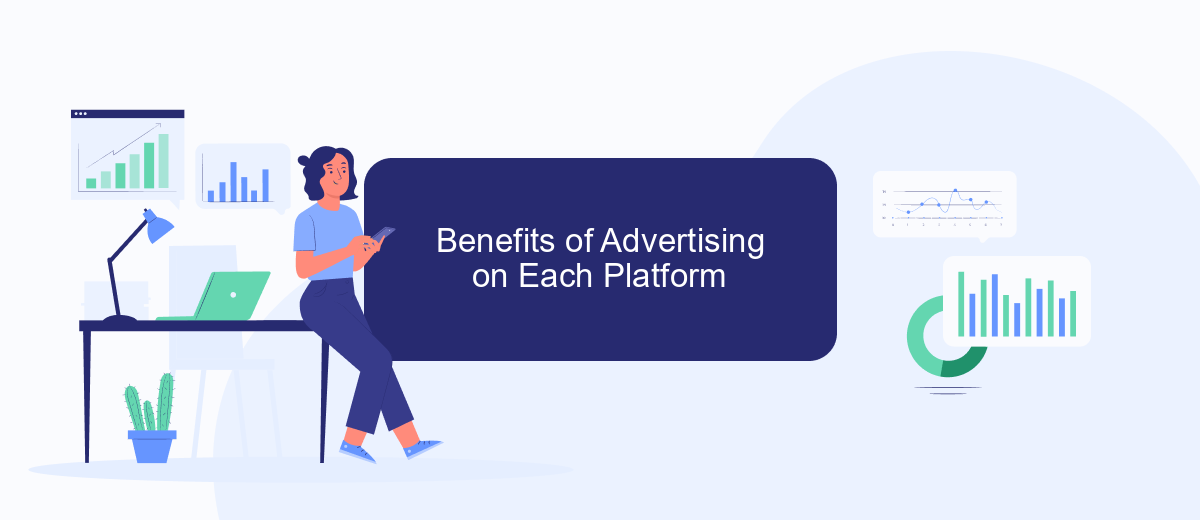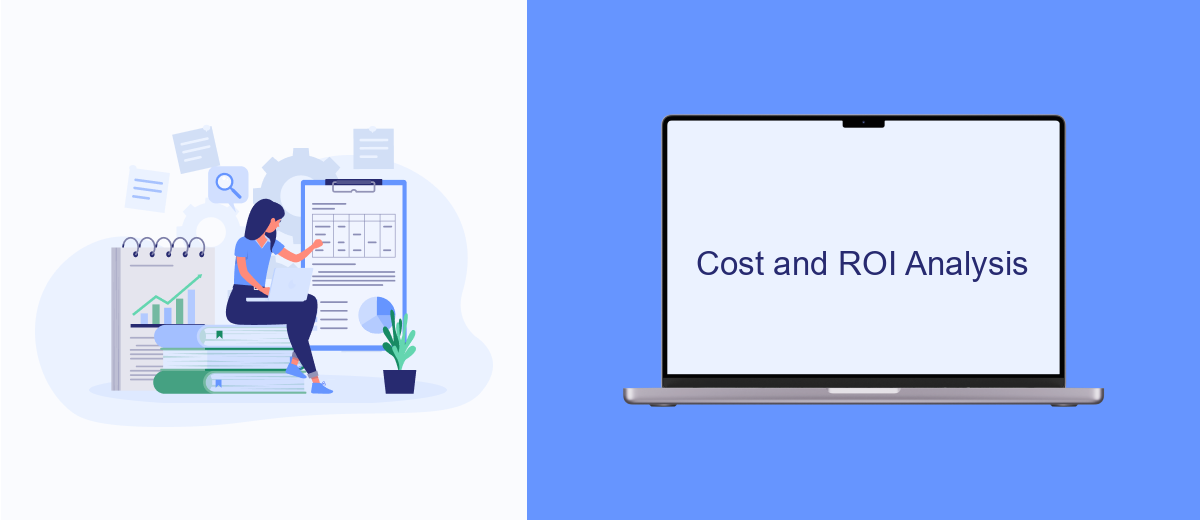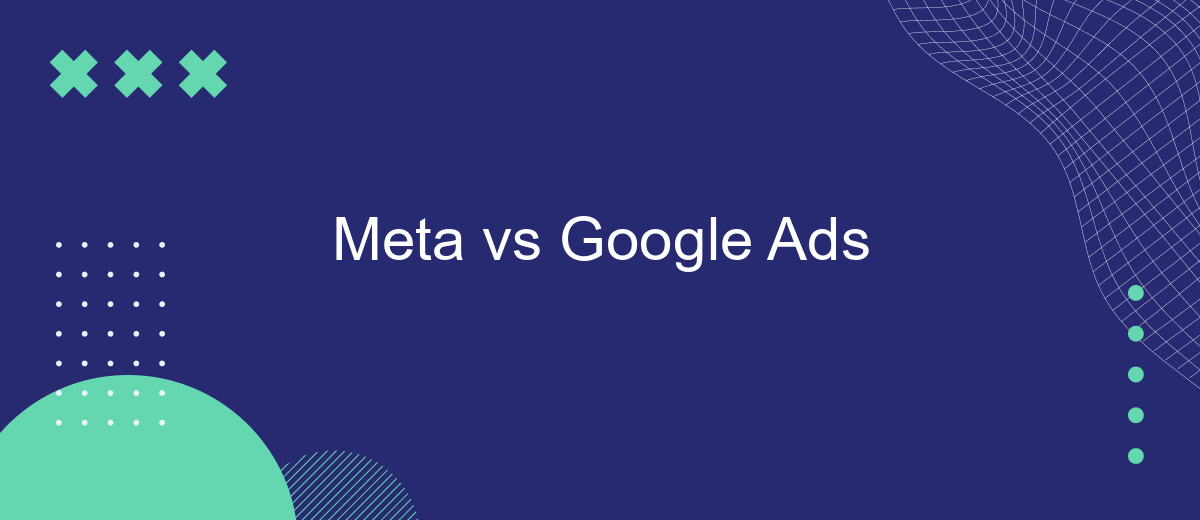In the ever-evolving digital marketing landscape, businesses are constantly seeking the most effective platforms to reach their target audiences. Meta (formerly Facebook) and Google Ads stand out as two of the most powerful advertising tools available. This article delves into the key differences, advantages, and potential drawbacks of each platform, helping you make an informed decision for your marketing strategy.
Key Differences Between Meta and Google Ads
Meta and Google Ads are two powerful platforms for online advertising, each with its unique strengths and features. While both aim to help businesses reach their target audience and achieve marketing goals, they differ significantly in their approach and functionality.
- Audience Targeting: Meta Ads focus on detailed user demographics, interests, and behaviors, leveraging vast amounts of user data from Facebook and Instagram.
- Search Intent: Google Ads primarily target users based on search queries, capturing intent-driven traffic through keywords.
- Ad Formats: Meta Ads offer a variety of visual formats, including Stories, Carousel, and Video ads, while Google Ads provide text-based ads, shopping ads, and display network ads.
- Integration: Tools like SaveMyLeads can facilitate seamless integration between Meta Ads and CRM systems, automating lead management and enhancing campaign efficiency.
Choosing between Meta and Google Ads depends on your business objectives, target audience, and preferred ad formats. While Meta excels in social engagement and visual appeal, Google Ads are unmatched in capturing search intent and driving conversions. Understanding these key differences can help you make an informed decision and optimize your advertising strategy.
Comparison of Targeting Options

When it comes to targeting options, Meta and Google Ads offer distinct approaches that cater to different marketing needs. Meta's advertising platform excels in detailed demographic targeting, allowing advertisers to pinpoint users based on age, gender, location, interests, and behaviors. This granular level of targeting is particularly effective for businesses aiming to reach specific audience segments and engage users through personalized content on platforms like Facebook and Instagram.
On the other hand, Google Ads leverages its vast search network to deliver intent-based targeting. Advertisers can target users based on their search queries, ensuring that ads are shown to individuals actively seeking information related to their products or services. Additionally, Google Ads offers robust keyword targeting and contextual targeting through its Display Network. For businesses looking to streamline their marketing efforts, services like SaveMyLeads can be integrated to automate lead generation and data synchronization, enhancing the efficiency of both Meta and Google Ads campaigns.
Benefits of Advertising on Each Platform

Advertising on Meta and Google Ads offers unique advantages that cater to different marketing goals and strategies. Understanding these benefits can help businesses make informed decisions about where to allocate their advertising budget.
- Meta Ads:
- Highly targeted audience segmentation based on demographics, interests, and behaviors.
- Engaging ad formats including carousel, video, and stories to capture attention.
- Robust analytics and insights for measuring campaign performance and ROI.
- Google Ads:
- Extensive reach through search and display networks, reaching users actively searching for products.
- Advanced keyword targeting to capture high-intent audiences.
- Integration with Google Analytics for comprehensive performance tracking and optimization.
Both platforms offer powerful tools for businesses, but the choice depends on the specific goals and target audience. Using services like SaveMyLeads can further enhance your advertising strategy by automating lead integration, ensuring you capture and nurture leads efficiently from both Meta and Google Ads campaigns.
Cost and ROI Analysis

When comparing the cost and ROI of Meta Ads versus Google Ads, it's crucial to consider the unique advantages each platform offers. Meta Ads, primarily leveraging Facebook and Instagram, often provide a lower cost per click (CPC) due to their highly targeted audience segments. In contrast, Google Ads, with its extensive reach across search and display networks, generally commands higher CPC but can drive more immediate purchase intent.
ROI analysis varies depending on the business goals and target audience. Meta Ads excel in brand awareness and engagement, often resulting in a higher return on ad spend (ROAS) for campaigns focused on these objectives. Google Ads, on the other hand, tend to deliver better ROI for direct response campaigns, particularly in competitive industries where search intent is critical.
- Meta Ads: Lower CPC, higher engagement, strong for brand awareness.
- Google Ads: Higher CPC, better for direct response, strong for purchase intent.
To optimize ROI, integrating tools like SaveMyLeads can streamline lead management and improve campaign efficiency. By automating data transfer between advertising platforms and CRMs, businesses can ensure timely follow-ups and better conversion tracking, ultimately enhancing the overall effectiveness of their ad spend.
Integration with SaveMyLeads
Integrating Meta and Google Ads with SaveMyLeads can streamline your marketing efforts by automating data transfers between these platforms. SaveMyLeads offers a user-friendly interface that allows you to set up integrations without any coding knowledge. This means you can easily connect your ad accounts to various CRM systems, email marketing tools, and other applications, ensuring that your leads are automatically captured and managed efficiently.
With SaveMyLeads, you can customize workflows to suit your specific business needs. For instance, you can configure the system to send new leads from Meta or Google Ads directly to your sales team via email or SMS, or even add them to your CRM for immediate follow-up. This level of automation not only saves time but also reduces the risk of human error, helping you to maximize the ROI of your advertising campaigns on both platforms.


FAQ
What are the main differences between Meta Ads and Google Ads?
Which platform is better for targeting specific demographics?
How do I measure the effectiveness of my campaigns on each platform?
Can I use both Meta Ads and Google Ads simultaneously for my marketing strategy?
How can I automate my ad campaigns and integrate them with other tools?
What do you do with the data you get from Facebook lead forms? Do you send them to the manager, add them to mailing services, transfer them to the CRM system, use them to implement feedback? Automate all of these processes with the SaveMyLeads online connector. Create integrations so that new Facebook leads are automatically transferred to instant messengers, mailing services, task managers and other tools. Save yourself and your company's employees from routine work.
